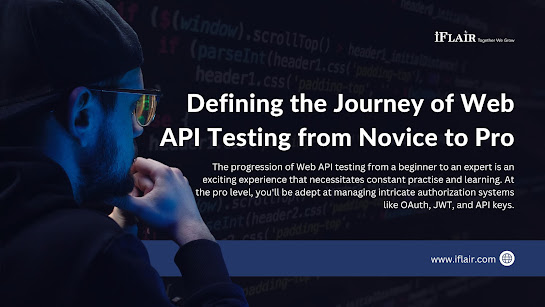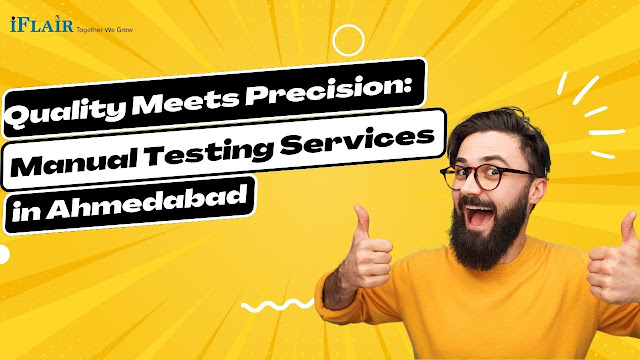Defining the Journey of Web API Testing from Novice to Pro
Web APIs are essential for facilitating communication between various apps and services in the ever-evolving field of software development. Developers now need to make sure that their APIs run without a hitch due to the increasing complexity of online apps. Web API testing is necessary in this situation. Understanding the process of Web API testing is essential whether you're just getting started or well on your way to being a pro. This blog will take you on a thorough investigation of this trip, taking you from a beginner to an expert.
Understanding the Foundations at the Novice Stage
When you first start your journey into Web API testing,
you'll come across a number of ideas and resources that serve as the practice's
cornerstone. You will gain knowledge of HTTP methods, status codes, request and
response formats, and the fundamentals of RESTful API architecture as a
beginner. In order to write and submit API calls while becoming comfortable
with the API documentation, Postman, a well-known API software testing
tool, is a great place to start.
It will also be crucial at the beginner stage to investigate
the relevance of error management, authentication procedures, and data formats
like JSON and XML. Adopting these core ideas will provide the ground for more
sophisticated testing methods.
The Second Stage: Going Further
You will eventually reach the intermediate stage of Web API
testing as you go. The main goals of this phase are to improve your testing
capabilities and test coverage. You'll learn about things like
parameterization, data-driven testing, and how crucial test environments are
for simulating real-world situations.
An important step on this road will be automating your API
testing. You may get quicker and more accurate feedback on code changes by
using tools like Newman or include API testing in your continuous integration
pipeline.
Your grasp of intricate API systems will also be improved by
being familiar with API versioning, rate limitation, and caching strategies.
You can find edge situations and potential vulnerabilities that manual testing
might have overlooked by doing rigorous exploratory testing.
The Professional Stage: Perfecting the Craft
You will eventually achieve the professional stage of Web
API testing after much effort and perseverance. At this level, you will have a
thorough grasp of testing techniques, API design concepts, and the tools
required to guarantee the highest quality APIs.
To confirm the functionality and resilience of your APIs
under diverse circumstances, you'll be skilled at load testing, stress testing,
and security testing. Additionally, you'll comprehend the value of monitoring
and logging to find and proactively address possible problems.
At the pro level of API Software Testing Services,
you'll be adept at managing intricate authorization systems like OAuth, JWT,
and API keys. You'll also embrace the idea of mocking and stubbing, which
enables you to test APIs independently without relying on outside services.
To stay at the pro level, you must always learn new things.
You may keep your level of competence at the maximum by keeping up with the
most recent trends, standards, and security procedures in Web API testing.
Conclusion
The progression of Web
API testing from a beginner to an expert is an exciting experience that
necessitates constant practice and learning. You'll ultimately master the art
of testing complicated APIs with ease if you start by learning the fundamentals
and subsequently go deeper into numerous ideas and techniques.
You'll be able to develop more dependable, effective, and
secure APIs by consistently practicing and mastering the fundamentals of API
design. Take on the difficulties, learn from your failures, and never stop
learning as you go towards mastering the field of Web API testing. Happy
evaluating!




Comments
Post a Comment